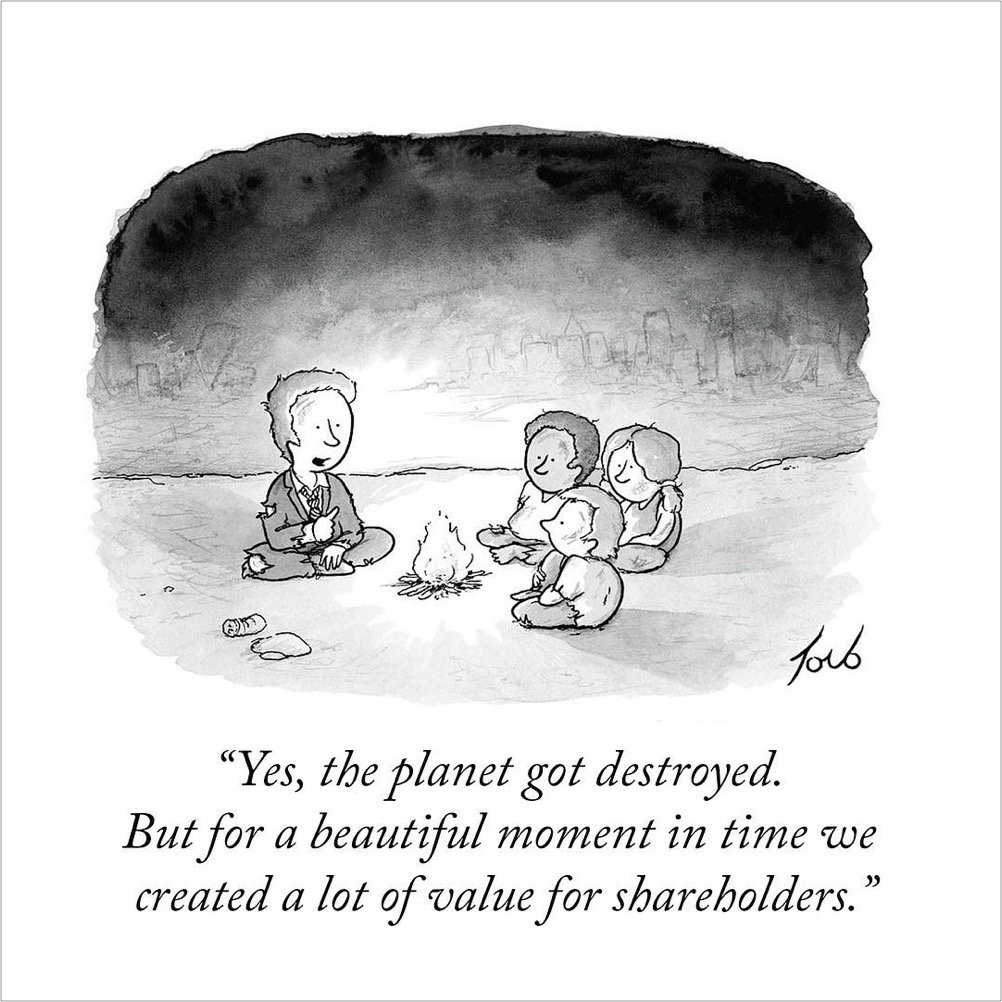The Broken Tech/Content Culture Cycle

Anil Dash writes about the 24 stages of the growth-fueled “broken tech/content culture cycle” that VC-driven Silicon Valley (among other places) has pioneered over the past 15 years. Here’s how you begin:
1. Build a platform which relies on cultural creation as its core value, but which only sees itself as a technology platform. Stick to this insistence on being solely a “neutral” tech company in every aspect of decision-making, policy, hiring and operations, except for your public advertising, where the message is entirely about creativity and expression.
2. Hire a team that’s rewarded solely on growth goals and winnow out anyone who values creators or culture above expansion and user acquisition. Enforce a monoculture.
And then:
8. Build an algorithm to “surface great content” for your audience. Train it on the behaviors of your existing creators, so you create a rich-get-richer dynamic, effectively cementing the culture of your platform and making it impossible for new creators from underrepresented communities to get a foothold. Make it so the only process for revisiting your algorithm is bad-faith arguments from right-wing goons trying to game the refs because their actual content isn’t good enough to get audience on its own. After that, treat the algorithm as some magical sacrosanct god with unknowable whims that everyone is subject to, rather than as a series of intentional business decisions captured in software form.
Eventually:
18. Double down on funding the worst voices on your platform. Call it “free speech”, and make sure that nobody internally points out that truly defending free speech would have entailed protecting those early marginalized creators who made your platform credible in the first place.
19. Definitely misuse “free speech” as a rhetorical bludgeon against people who are pointing out that you are both amplifying and sponsoring content, not merely making it available. Resolutely refuse to be intellectually honest about the difference between merely providing a platform to all, vs. making editorial decisions to promote and subsidize content that you have control over.
Spotify, Substack, Google, Twitter, Amazon, Apple, Facebook, Reddit…this predictable script has played out at all of these companies in some form or another over the past decade.





Stay Connected